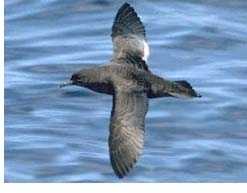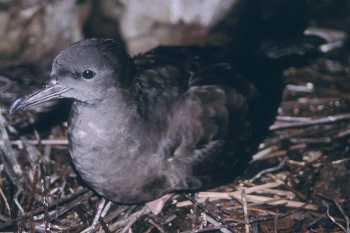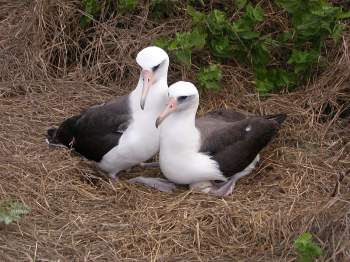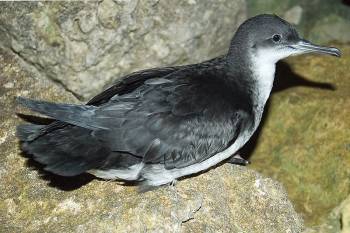Anthony Rendall (Centre for Integrative Ecology, School of Life and Environmental Sciences, Deakin University, Melbourne Australia) and colleagues have published in the open-access journal PloS One on the use of camera traps to detect activity by rodents among breeding Short-tailed Shearwaters Puffinus tenuirostris on Phillip Island, Australia
The paper’s abstract follows:
“Invasive rodent species have established on 80% of the world’s islands causing significant damage to island environments. Insular ecosystems support proportionally more biodiversity than comparative mainland areas, highlighting them as critical for global biodiversity conservation. Few techniques currently exist to adequately detect, with high confidence, species that are trap-adverse such as the black rat, Rattus rattus, in high conservation priority areas where multiple non-target species persist. This study investigates the effectiveness of camera trapping for monitoring invasive rodents in high conservation areas, and the influence of habitat features and density of colonial-nesting seabirds on rodent relative activity levels to provide insights into their potential impacts. A total of 276 camera sites were [sic] established and left in situ for 8 days. Identified species were recorded in discrete 15 min intervals, referred to as ‘events’. In total, 19 804 events were recorded. From these, 31 species were identified comprising 25 native species and six introduced. Two introduced rodent species were detected: the black rat (90% of sites), and house mouse Mus musculus (56% of sites). Rodent activity of both black rats and house mice were positively associated with the structural density of habitats. Density of seabird burrows was not strongly associated with relative activity levels of rodents, yet rodents were still present in these areas. Camera trapping enabled a large number of rodents to be detected with confidence in site-specific absences and high resolution to quantify relative activity levels. This method enables detection of multiple species simultaneously with low impact (for both target and non-target individuals); an ideal strategy for monitoring trap-adverse invasive rodents in high conservation areas.”

Short-tailed Shearwater, photograph by Mark Carey
Reference:
Rendall, A.R., Sutherland, D.R., Cooke, R. & White, J. 2014. Camera trapping: a contemporary approach to monitoring invasive rodents in high conservation priority ecosystems. PloS One doi:10.1371/journal.pone.0086592.
John Cooper, ACAP Information Officer, 20 August 2014

 English
English  Français
Français  Español
Español 


